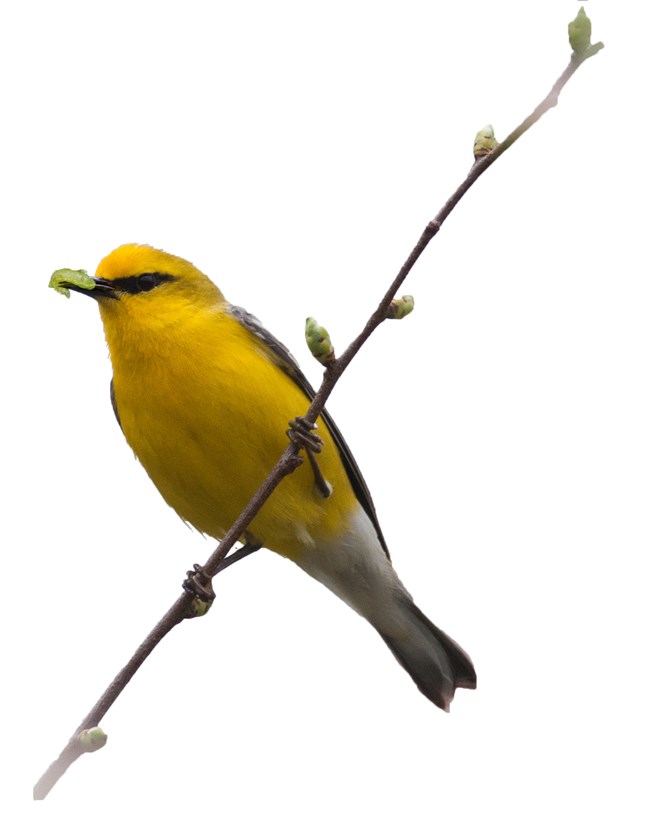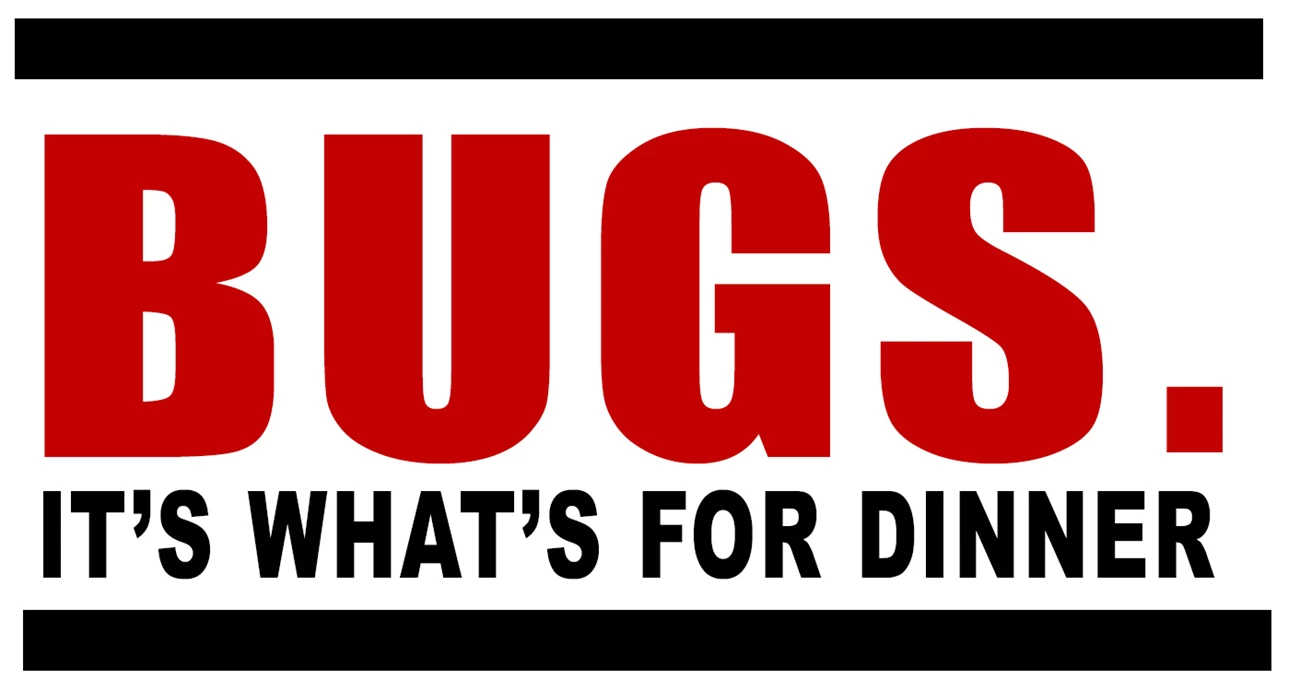Last updated: August 15, 2021
Article
NETN Species Spotlight - Your Flowers, Shrubs, and Plants


As snow melts and spring spreads, thoughts naturally turn to yards and gardens for millions of Americans at this time each year. Those first snow drops, crocuses (croci?), and even the miniscule red flowers of red maple trees warm the heart, and start our green thumbs a twitching. The modern gardener/landscaper can literally choose from thousands of flower varietals, shrubs, and grasses. It’s enough to make the mind reel. Many of these flamboyant flowers hail from distant parts of the globe, and make exciting additions to our gardens and yards. But the science is clear – as suburbia and urban sprawl continue to stretch their fingers further and further into the country side, native species (birds, insects, amphibians, plants, etc.) need our help. Featuring more native shrubs, trees, and plants in your landscape alongside your exotic favorites will go a long way in doing so.
The Natives are Growing Restless
You would be too if your territory was shrinking as fast as theirs is. The amazing national parks, state parks, reserves, and natural areas in this country protect many special places. But these make up only a small proportion of land, and with habitat loss/fragmentation, climate change, and other pressures mounting, these kinds of protected areas aren’t enough to sustain biodiversity over the long haul. Every landowner has the opportunity to contribute to a healthier and more complete ecosystem by making changes to their own properties. Even those with only small pieces of land, or just an apartment balcony, can build better bird-butterfly-bug habitat. Studies have shown that habitat improvements to even small areas can have a meaningful impact on wildlife.
When Green Ain’t So Green
Ironically, maintaining a large, meticulous, weed-less lawn is one of the least “green” things you can do in your yard. Touring around suburban America, with its vast swathes of lawn, it is easy to forget this is not the only option when planning your yard. Currently, the U.S. has over 70,300 square miles of lawns spread across the countryside: an area equal to Maine, Massachusetts, New Hampshire, Vermont, and Connecticut combined. Sure, that sounds like the makings of an epic match of croquet or lawn darts, but it doesn’t do much to help the native birds, butterflies, and other buzzers we all associate with spring and summer. This gargantuan green-monster of grass also requires enough mowing to burn up to 800 million gallons of gas per year whilst producing tons of air pollutants to boot.
Reducing the size of manicured lawns has many benefits: less time mowing (40 hours/year for the average weekend warrior), less money on maintenance, less water needed to irrigate, and less equipment/fuels (gas and oil for mowers, weed-whackers, and leaf blowers; fertilizers, pesticides, seed spreaders, lawn aerators, sprinklers, hoses, etc.) needed to maintain it. Replacing some of that lawn with a variety of native plants, shrubs, and trees of differing sizes is a great way to increase the health and utility of your property to native birds, insects, and wildlife.

Mo’ Bugs Mo’ Birds
If lawns and exotic ornamentals are all your yard has to offer, it can be a virtual food desert for birds - birds that have often flown thousands of miles to feast on what once was an incredible bounty of insects that lived in relative balance with the native plant community. Healthy birds coincide directly with healthy insect populations. More than 9 out of 10 terrestrial North American birds raise their young on insects - even the common bird feeder visitor Black-capped Chickadee.
Fun fact: insects contain more protein than beef. While this may not want to make you give up your black angus for a cricket burger (an actual thing) anytime soon, consider the perspective of a Blue-winged Warbler. Foraging, poking, and prodding around a yard adorned primarily with nonnative vegetation, the little bird would see a noticeable lack of insect feeding sign, and thus - insects themselves, on the leaves and bark. Though this very insect resistance was in all likelihood a major selling point when the landowner planted them, it means the hungry birds that need to feed even hungrier chicks will have to go elsewhere to raise the next generation of sonorous songsters.
Contrast that scenario to a yard that features native oaks, winterberry, cherry, dogwood, spicebush, willow, etc. These trees and shrubs play host to hundreds of species of insects that are the meal ticket to so many birds and other wildlife.

If you have the space and want the biggest bang for your bird buck, you can’t go wrong with planting one of the many varieties of oak trees, which studies show lead the list of tree species that support the most caterpillars. Cherries and willows are also highly valuable for birds and wildlife. Selecting plants that host the insects birds eat is only one piece of a healthy bird habitat mosaic however. Plants that bear fruits and seeds give birds much needed energy during migration, making them equally essential. Plants that provide shelter during extreme weather, nesting structure, and safety from predators will also be appreciated by your neighborhood birds.
Birds, butterflies, and other insects help control pests in addition to seeding and pollinating the food we eat - but our habits have seriously impacted their numbers. According to the National Audubon Society, the 20 birds on the Common Birds in Decline list have lost at least half of their populations in the past 40 years due to residential and industrial development. Monarch Watch estimates that 6,000 acres of monarch/pollinator habitat a day are lost in the U.S. to development (2.2 million acres per year). As development pressures continue to increase along bird migration corridors and squeeze out pollinator and wildlife habitat – concerned citizens, conservation groups, and gardening clubs are encouraging landowners to forsake much of their relatively lifeless lawns and exotic shrubs and cultivate native plants that have many benefits to the landowner and the surrounding environment alike.
When in Doubt - Go Native
Property owners have always affected, both in positive and negative ways, the health of the ecosystem that makes-up and surrounds their yards. About 85 percent of all invasive woody plants that are spreading through our wild areas today originally escaped from home gardens.
Some nonnative invasive species do provide birds with food, but they can harm the surrounding ecosystem. Porcelainberry (AKA Amur Peppervine) is a species on many of NETN’s park invasive species early detection lists because of the way it can take over woodlands and smother native plants. Many birds, unfortunately, devour the berries of these and other invasives unwittingly spreading these destructive plants far and wide.
Porcelainberries and other nonnative berries don’t pack quite the nutrient punch that native fruits do either. A study in Rochester, NY revealed the highest fat content and energy densities in fruits that migrant birds ate came from native shrubs. A seperate study compared two types of landscapes in southeastern Pennsylvania. One property in each of six pairs had a higher proportion of native plants and the other was more typical with an native tree canopy that shaded lawns rimmed by alien ornamentals and ground covers predominately from Asia. Unsurprisingly, a greater diversity and abundance of caterpillars, and thus birds, were found in the yards containing naturally occurring plants. What did surprise researchers was just how dependent “birds of conservation concern” were on native-dominated yards. Wood thrushes, Eastern Towhees, Veeries, and Scarlet Tanagers were eight-times more abundant and significantly more diverse on those parcels.
For more information
-You can find plants that are native to your area by going to the NWF’s native plant finder.
- Watch this short video to learn how the Northeast Temperate Network and other I&M networks monitor invasive species.
Downlaod a printer friendly PDF of this brief here.
Tags
- acadia national park
- appalachian national scenic trail
- eleanor roosevelt national historic site
- home of franklin d roosevelt national historic site
- marsh - billings - rockefeller national historical park
- minute man national historical park
- morristown national historical park
- saint-gaudens national historical park
- salem maritime national historical park
- saratoga national historical park
- saugus iron works national historic site
- vanderbilt mansion national historic site
- weir farm national historical park
- species spotlight
- netn
- inventory and monitoring division
- invasive species
- native species
- habitat enhancement
- lawn
